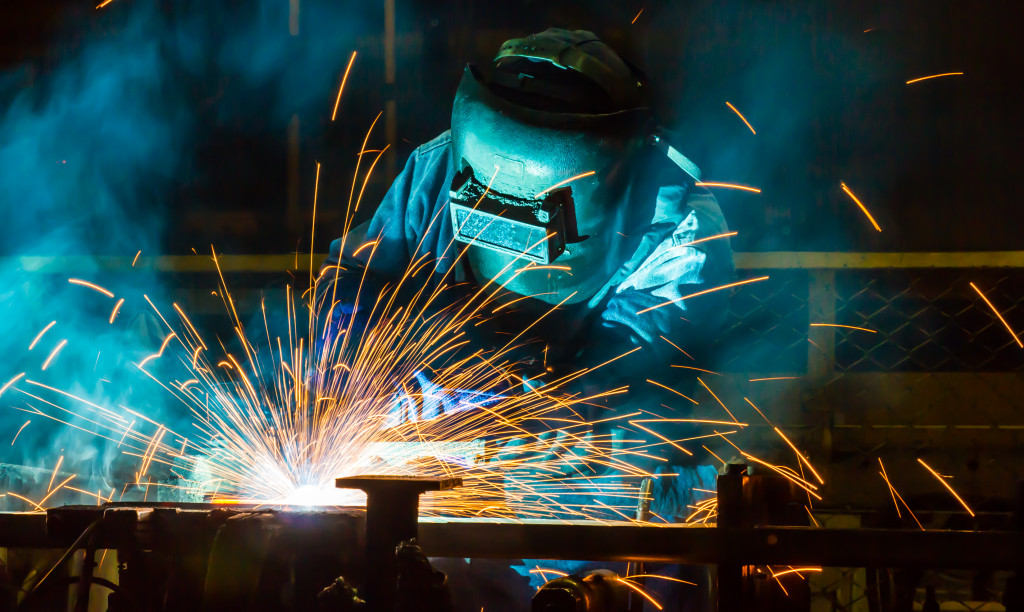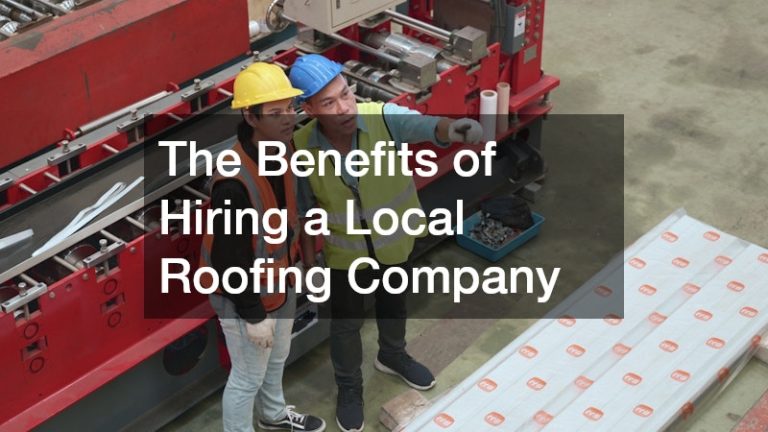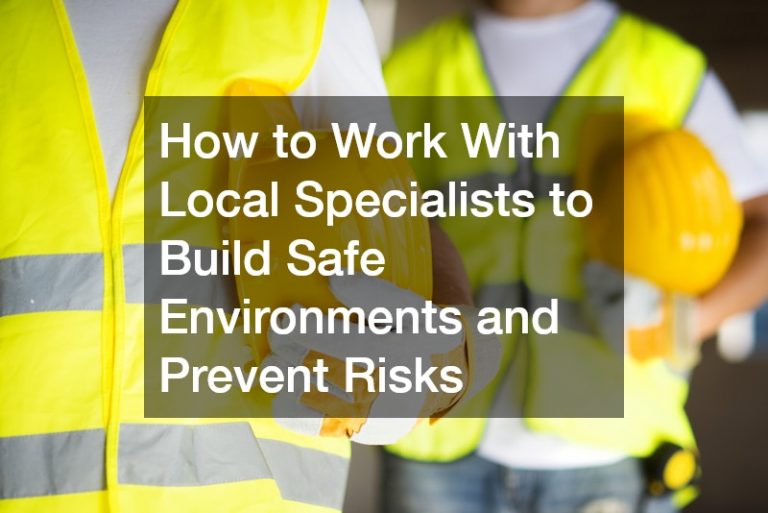If you know your way around a construction site, then you’re probably familiar with welding. The welding process forms an electric arc between the electrode and the workpiece, which heats the metal. The heat joins the workpieces together, forming a clean weld.
Welding has allowed people from all walks of life, from casual hobbyists and artists to tradespeople and professional elders, to fabricate and maintain material for a wide range of industrial and creative purposes. The welding process is easy to learn and can be used on a wide range of metals such as stainless steel, nickel, and other metal alloys.
While using a welder is relatively simple compared to other construction processes, the job is still fraught with dangers that can harm the individual. Welding itself is dangerous. That’s why you must equip yourself with the knowledge required to keep yourself safe. Even if you have welding or electrical trade certification, it won’t hurt to brush up on the basics. Here are some safety considerations you need to make when welding:
-
Bright lights
Photokeratitis, also known as arc eye, is a painful condition that is commonly associated with welders. The light produced by the welding process is extremely bright, and the bright flash can burn the cornea if the welder directly looks at the arc, even for a short time. The eyes are a sensitive organ, especially the corneas. A person with an arc eye can expect a painful sensation similar to having sand in the eyes.
To eliminate the risk of developing an arc eye, the welder must wear a full-face mask to protect against the bright light and harmful UV rays produced by the welding process. Auto-darkening welding masks are also recommended, which are more convenient as the welder does not have to pull the mask up every time he needs to work with metal.
You also need to protect nearby workers and passersby from the bright light generated by the welding arc. Put up a welding screen surrounding the welding area and place sufficient warning signs around it.
-
Metal vapors
The melting and welding process creates many dangerous fumes and metal particulates, both of which can seriously harm the welder if inhaled. Some metal alloys like aluminum alloy and galvanized steel with zinc coating produce poisonous vapors when heat is applied. Repeated exposure to the vapors can result in heavy metal poisoning. If left untreated, it could damage the lungs, brain, kidneys, and even permanent neurological damage.
While the welding mask should protect you from the arc light and UV rays, it does little to stop the metal vapors. You must wear a respirator with a charcoal filter when welding. Any welding work should be performed in a well-ventilated area. If not, a dedicated oxygen supply for the welder is essential when welding in an enclosed space.

-
UV rays and molten metal
The light produced by the welding process emits a concentrated dose of ultraviolet rays, which can cause severe sunburn on exposed skin. Construction work isn’t exactly the most comfortable, but you must still cover the neck, arms, and legs, even if it’s hot out. Welding shirts, jackets, and aprons are available for that purpose. Do not wear thin, combustible clothing.
Molten metal is a natural byproduct of welding. The welder should wear welding gloves or gauntlets to protect his wrists and hands from the globs of hot metal that will cause severe burns. Do not wear clothing made of synthetic fibers like rayon and polyester as they will melt upon contact with molten metal. Leather is a good material for protection against molten metal. Wear steel-toed leather work boots instead of rubber or synthetic material shoes. Synthetic fabrics often melt, and the molten metal will go through the material like butter.
-
Excessive noise
Many workshop and construction tools produce copious amounts of noise that can permanently damage a person’s hearing. Welders should always wear adequate ear protection while using any tool to reduce or eliminate the noise that reaches the ears. It is also important to wear eye protection as sparks and metal particulates can be produced while angle grinding.
A final word
Safety should be your top concern when working in any construction or industrial site. Now that you’ve learned the top four dangers of welding, my hope is you can better protect yourself in the future. You are entitled to personal protective gear, and employers who fail to provide protection can be penalized.











